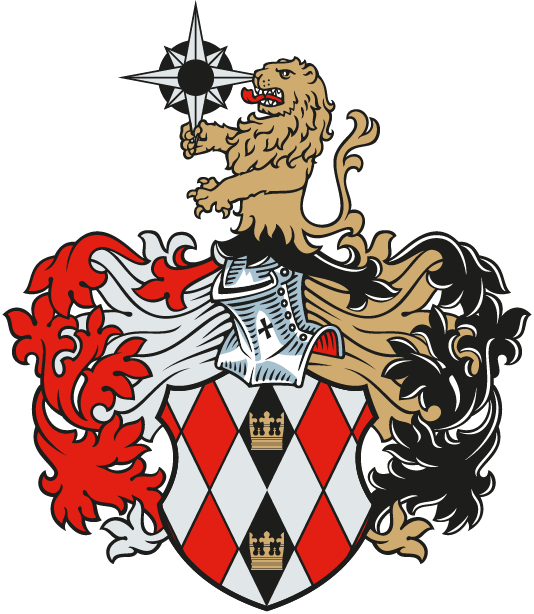

The UAE is launching one of the world’s most ambitious ecological initiatives: planting 100 million mangrove trees by 2030. This massive effort aims to boost biodiversity, combat climate change, and protect the nation’s vulnerable coastlines. With drones, AI, and satellite data, the project is a blend of high-tech and nature—and a key pillar in the UAE’s Net Zero 2050 strategy.
The tide is low, and the silence is broken only by the whisper of wind through saplings. It’s 6 a.m. near Abu Dhabi, and the horizon glows with promise. Rising from the wet sands are tender shoots—baby mangroves, part of a bold vision to green the Gulf.
By 2030, the United Arab Emirates plans to plant 100 million mangrove trees. Not as a symbolic gesture, but as a climate strategy rooted in science and scale. This initiative, announced prominently at COP28 in Dubai, is key to the UAE’s plan to reach net-zero emissions by 2050.
“Mangroves are our frontline defense against climate change,” says Mariam bint Mohammed Almheiri, the UAE’s Minister of Climate Change and Environment. “They capture carbon, protect our shores, and host vibrant ecosystems.”
The numbers are staggering. The UAE already has over 60 million mangroves. Now, another 40 million are coming—some to be planted by hand, others dropped from the sky by drone. Artificial intelligence and satellite imagery will guide where and when to plant, ensuring maximum impact. This is green tech in action.
In Jubail Mangrove Park, you can walk among the results. Wooden boardwalks wind through lush green corridors where herons nest and crabs scuttle. A local teacher calls it “a living classroom” where students learn not just biology, but responsibility.
Beyond education, the benefits are profound. Mangroves can store up to five times more carbon than tropical rainforests. They also act as natural levees, shielding the UAE’s flat coastline from storm surges and sea-level rise—threats growing more urgent each year.
This isn’t an isolated initiative. Over 1,500 companies have signed the UAE’s “Climate-Responsible Companies Pledge.” The mangrove project is the most visible—and perhaps most impactful—symbol of this shift toward sustainability.
For investors, the mangrove megaproject sends a strong message: sustainability is no longer optional—it’s a core asset. Coastal areas like Saadiyat Island or the shores of Abu Dhabi are becoming more attractive thanks to ecological buffers like mangroves. Developers are increasingly integrating green zones into urban planning, which boosts property values and livability.
Moreover, eco-projects signal long-term governmental commitment to climate resilience. That stability is attractive to foreign investors, especially in the luxury and tourism-driven real estate sectors. The use of AI and satellite technologies in land planning will also influence how future developments are mapped and marketed.
Bottom line: In the UAE, green is the new gold—and mangroves are fast becoming the crown jewel.
